29 Surprising Foods You Can Freeze
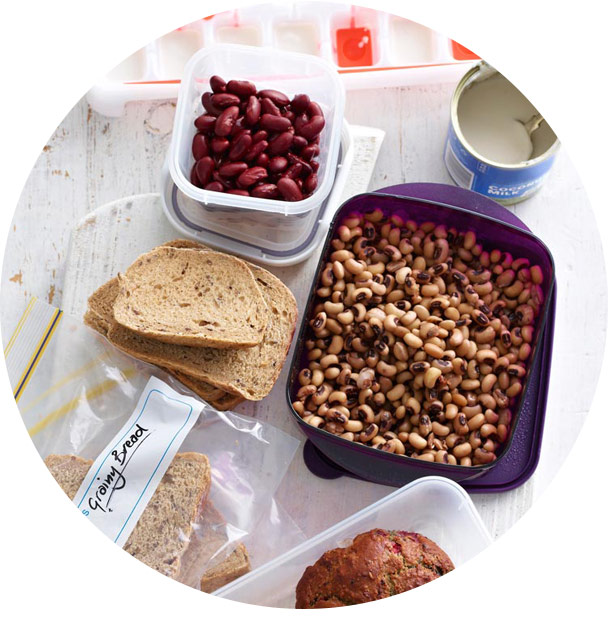
From avocados to tortillas, lots of foods can keep safely in your freezer.
Use your freezer to store everything from broth to baked goods to cut down on waste. Here are unexpected items to store in the freezer.
Avocados: Mash, add a splash of lemon juice, and then store in a freezer-safe container.
Bacon: Store it raw in individual portions.
Bananas: Stash whole, in peels, to use in baked goods or smoothies.
Berries: Freeze in a single layer on a cookie sheet, and then stash in individual-size plastic bags to use in smoothies, yogurt, or baking recipes.
Bread: Store in the bag and pull out slices as needed.
Butter: Stash in its original packaging, a plastic bag, or a freezer-safe container.
Buttermilk, milk, and sour cream: Freeze in recipe-appropriate amounts–say, 1 cup or one-half cup–then defrost as needed to use in baking (neither buttermilk nor milk will be suitable for drinking after freezing).
Cake and cupcakes: Whole or in individual portions, these baked goods can stay safely in freezer-safe wraps or bags for several months.
Chicken broth: Pour into an ice cream tray and freeze, or measure out useable portions and store in freezer-safe containers or plastic bags.
Chips: Score a bunch of extra bags? Toss them in the freezer and remove as needed.
Chocolate: Instead of stashing chocolate directly in the freezer, place it in the fridge for about a day in a freezer-safe bag or container. Then place in the freezer. Reverse the process when you need to use it: Take it out of the freezer and store in the fridge for 24 hours, then use (or eat) as needed.
Coffee: Freeze your extras in ice cube trays and store in a freezer-safe container; it makes great iced coffee on hot days.
Corn on the cob: It's best frozen just-picked and can be stored with husks in releasable plastic bags.
Eggs: Nope, not in their shells. Cracked, whipped a little, and stored in the freezer, eggs stay fresh for cooking or baking.
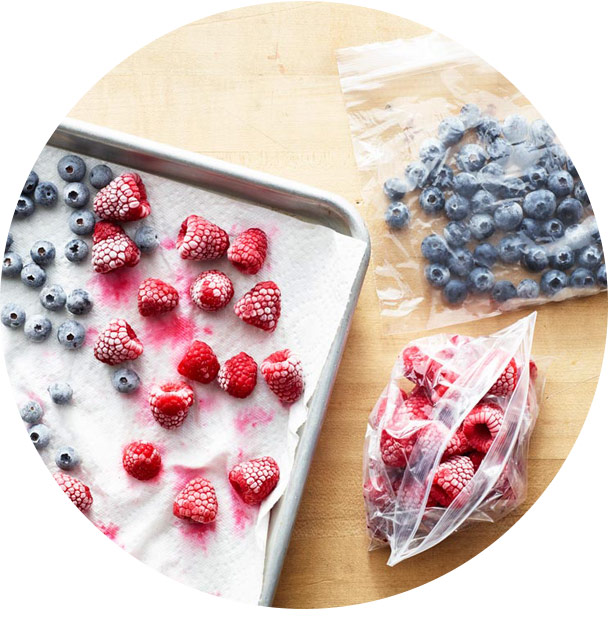
Flour: Although most people use flour before it goes bad, if you score an oversize bag, store it in the freezer to keep it as fresh as possible.
Fresh herbs: Wash, pat dry, and then store in resealable plastic bags.
Garlic: Store whole, still in the peel; break off pieces as needed.
Ginger: Wrap it well, then store in the freezer for future use.
Grapes: They can't be eaten after defrosting, but frozen grapes on warm summer days are like a better-for-you freezer pop. Freeze in a single layer on a cookie sheet, then store in a plastic bag.
Nuts: Like flour, nuts will keep well in the freezer.
Pasta sauce: Make too much? Stash it in the freezer.
Pesto: Use an ice cube tray to freeze individual portions; if it's homemade, leave out the cheese before freezing.
Rice, grains, and pasta: Although it must be cooked first, rice and grains can be safely frozen. To reheat any of these, simply add a bit of water and microwave.
Tortillas: To use after freezing, wrap in a damp paper towel and microwave as needed.
Defrosting reminder: According to the U.S. Department of Agriculture, the best way to defrost anything is in the refrigerator overnight. To quickly thaw, you can use your microwave but carefully monitor the item to compensate for any minor cooking that happens.
More Articles
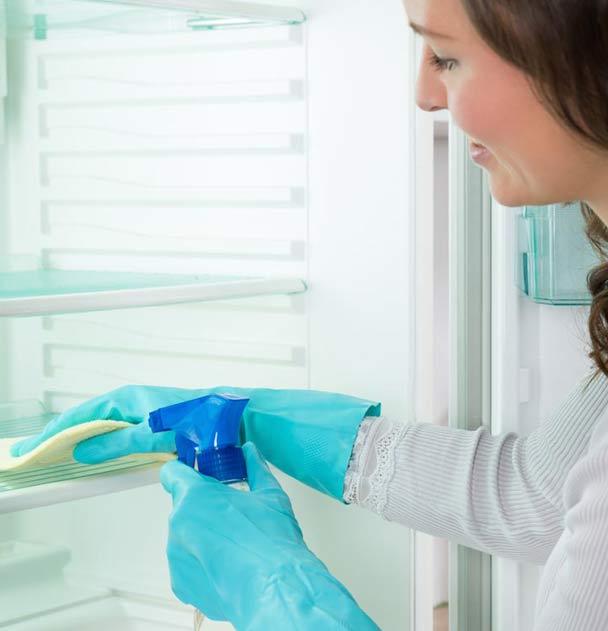
Our Best Fridge Cleaning Tips
Our Best Fridge Cleaning Tips
Put time in your cleaning schedule to keep your fridge in like-new shape.
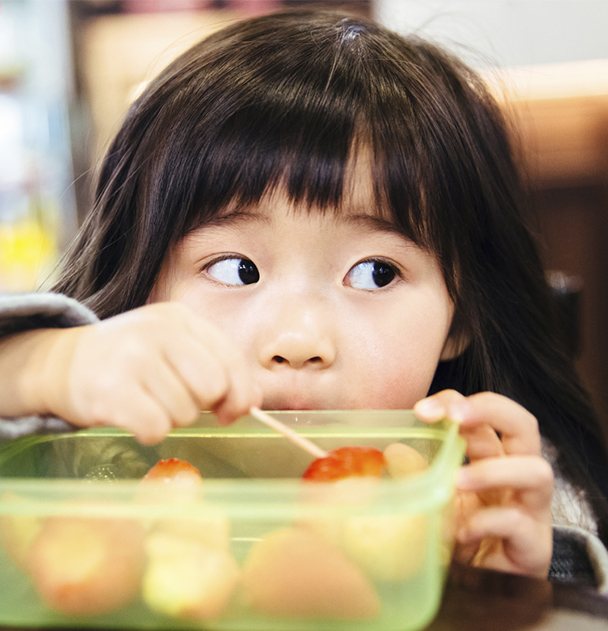
Surprising Foods that get Stored Wrong
Surprising Foods that get Stored Wrong
Waste less, eat better: Follow these do's and don'ts to store food well.
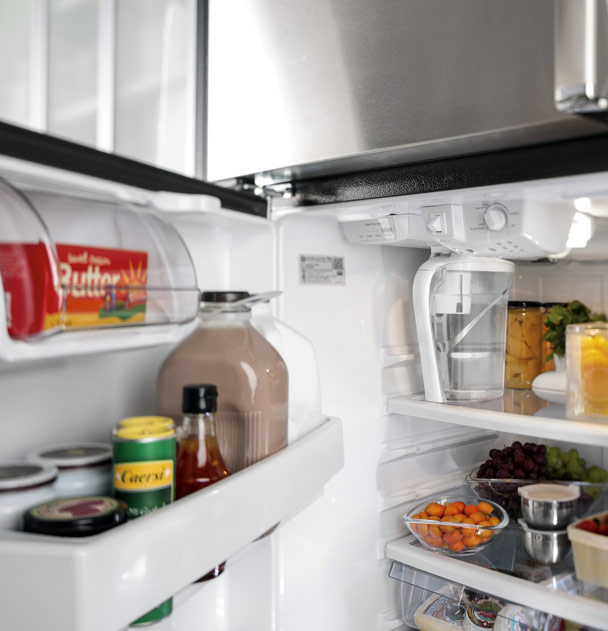
12 Foods You Shouldn't Refrigerate
12 Foods You Shouldn't Refrigerate
A dozen foods you should never store in the fridge.
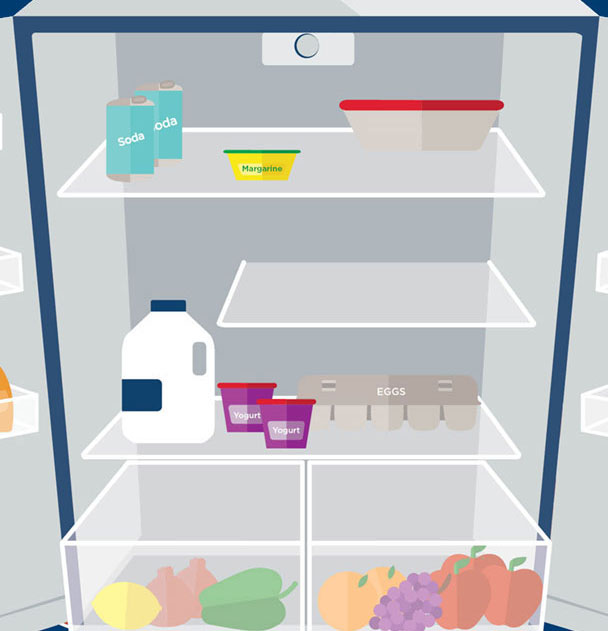
Fridge Storage Tips
Fridge Storage Tips
Confused about where the condiments go and how to keep dairy at its best? Never fear: Your complete guide to fridge storage is here.